We live in an age of gurus.
I’m not saying the concept of “the guru” is new. It’s not. Humans have gathered around other, more charismatic humans since time immemorial.
But today, becoming a guru—or in the language of the social media era, an “influencer”—is just infinitely easier.
I know this to be true simply by looking at my social media feed. I’m really into fitness and lately, into functional mobility. And of course, Instagram has figured this out really quickly because I’m being served up an endless stream of videos from all kinds of self-proclaimed experts:
“Do this move and you’ll never have lower back pain!”
“Try this technique for 5 minutes a day and you’ll open up your hips!”
“Don’t do this exercise if you wanna build your core. Instead, do this!”
You get the picture. I’m sure you live in your own version of “Minority Report” where ads and images and videos are now served to each and every one us in a personalized way.
I’ve been thinking about this a lot lately because someone recently described ME as an “influencer.” I understand—at least intellectually—why someone might use that term. I have an “influential” podcast that reaches a lot of people. I come to my work with a lot of experience after more than 25 years as a broadcaster.
But still, that word, “influencer” doesn’t sit well with me. I have plenty of ideas about startups, investing, entrepreneurship, fitness, health, diet, marriage, parenting, etc—and I’m happy to share some of my experiences—but in no way would I ever suggest that MY way is the RIGHT way for you!
If my advice or thoughts are helpful…great! But I don’t want to insist that what I do or how I live is what you should do.
(FWIW, I believe starting a business is hard. I follow the Mark Cuban rule on investing—10% of my money on crazy bets, 90% in low-cost managed index funds and bond funds. I think who I chose to partner with in life was the single best and most important decision I made. That the most valuable asset I have is time and when my teenagers ask to hang with me I almost always say yes…)
Anyway, I digress. I’m not “anti-influencer.” It’s just that I really believe (and forgive me because this is gonna sound really corny) we are our OWN influencers.
That my job and your job is to essentially gather a lot of information and data from different (trusted and legit) sources around us and figure out what works best for my (or your) individual needs.
So, for example, a LOT of people might do a few minutes of mobility exercises and light stretches each day. A lot of people might take yoga classes every day. And for many of them, this works great!
Yoga doesn’t do much for me—at least for now. And there’s a simple reason why: I’ve spent the past ten years focusing on strength training and cardio. I also totally neglected mobility training and flexibility. As a result, my body is reaaaaaaaalllly tight. And a typical flow yoga class can be torture. (Yin yoga can be particularly helpful for me.)
But about a year ago, I found a “guru” whose work I have integrated into my life. He was (of course) served up to me on Instagram.
The program is called Yogabody. The “guru” in question is a very intelligent and thoughtful yoga instructor named Lucas Rockwood. His method is surprisingly simple—and quite effective. He’s also not a hypebeast. His advice is very measured and very practical.
Essentially, he guides you through very simple, long-hold stretches. Like 5 minutes long! Slowly, over time and with consistency, my hips, hamstrings, thoracic spine and shoulders are opening up.
My goal is to get flexible enough over the next year to the point where I CAN go to a yoga class and really benefit. And I’m well on the way! But at age 50, its a lot slower-going than it would have been at 40.
When it comes to all the other things: functional health, diet, the pursuit of happiness, attention, fitness, etc…I definitely try to read (and listen) widely and come up with a plan that works for me. And, by the way, I adjust my plan all the time.
But the best model for a healthy and vibrant life—especially as we get older—is to look at living examples.
Both my parents are in good shape.
My dad—nearing 85—is physically strong. He travels the world. Has healthy glucose levels. Plays bridge twice a week and takes long walks every day.
My mom—who is nearing 80—isn’t an influencer (though she could be) and has chosen to forge a path that is remarkably effective—and uniquely her own.
She doesn’t take any supplements (and gives me a hard time for all the ones I take), she eats whole foods she makes from scratch because that is all she knows how to eat, she grows five different sprouts on the windowsill, has a kitchen filled with homemade kombucha jars, and consumes mountains of fresh turmeric and ginger. For 50 years, she’s had a rigorous daily yoga practice.
How many 80-year-olds can do this?
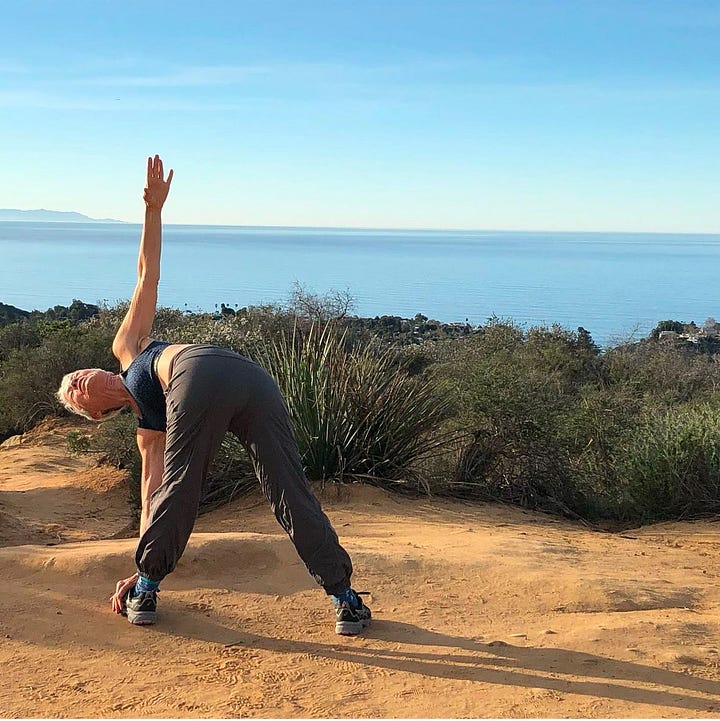
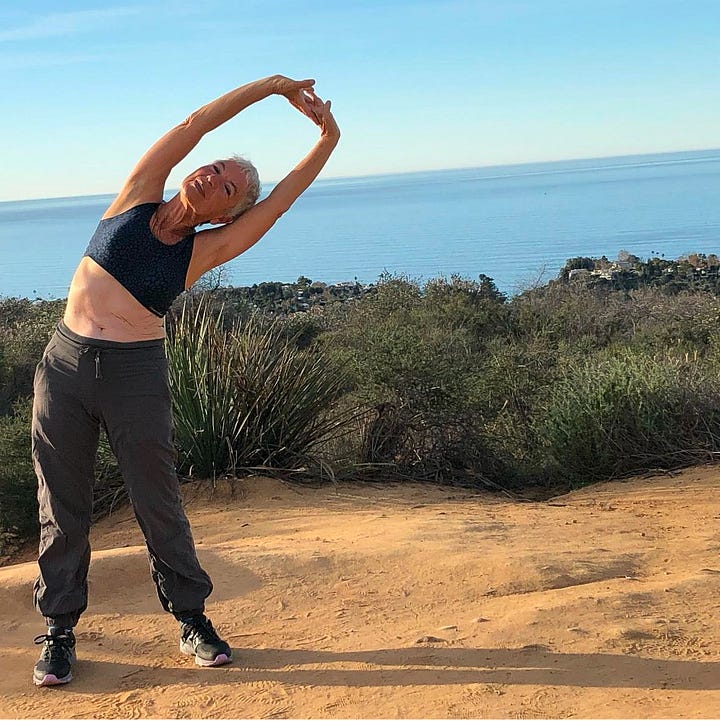
The point of all of this is that I look at my mom, her partner Benny (who is also a remarkably fit octogenarian), my dad, other people I know getting older and I take notes.
I try and figure out what they are doing and see if those things can work for me as well. Yes, occasionally, I’ll find someone interesting on social media…but usually, I find the best “influencers” out in the world around me. People I can talk to and find out what I can learn from them.
Ok…a quick recap of last week where I hosted a series of conversations at CES, the Consumer Electronics Show.
This is the second year I’ve partnered with AARP to convene conversations around aging and technology. You might be surprised to learn that AARP (the largest membership organization in America) is also a huge innovator and investor in emerging technologies designed to make aging better and easier.
One of the most interesting new developments in this space is around menopause. Yes, menopause.
It’s only in the past 5 years that the conversation around things like perimenopause and menopause have entered the public discourse in a bigger way. Which is crazy, of course, because in the United States alone, menopause is connected to billions of dollars in lost productivity. And it’s almost entirely due to the fact that most companies haven’t figured out how to accommodate women going through this life cycle.
And if you look at women over the age of 45 in the United States, they account for a massive percentage of total GDP. (They also account for nearly 1/3 of ALL consumer spending in the US!)
But it’s only recently that companies have started to understand that symptoms associated with menopause (headaches, hot flashes, fatigue, etc) require new kinds of policies and solutions.
What’s interesting is that there is also a significant amount of start-up activity around alleviating menopause symptoms. It’s estimated that this will be a $60 billion industry within a decade. A small example I saw at CES was a device—a bracelet—that has a cooling and a heating mechanism that can help regulate body temperature.
I also hosted a session with Dr. John Rumsfeld from Meta and Mike Buckley who runs a group called Be My Eyes. Be My Eyes is an app that pairs a blind person with a sighted volunteer.
Essentially, if you are blind and in need of help (say you need to find your gate at the airport or an address on a street) you tap into the app and your smartphone becomes a camera that allows a sighted person anywhere in the world to help navigate.
Well, when Meta released its Ray-Ban Meta glasses, a new use-case emerged almost immediately. The glasses tether to a smartphone and increasingly, people with limited sight have been using the Meta glasses to connect to the app and get real-time guidance using the camera embedded in the frames.
It’s just a matter of a few years before the glasses themselves will become augmented and will likely be able to do the job without a human volunteer. It was really amazing to learn about it.
OK! Some thoughts on the episode for this week…
I want to remind you that every entrepreneur goes through soaring highs and gut-wrenching lows.
One day, your idea feels like it could change the world. And the next it feels like you’re barely holding it together.
What I’ve learned from nearly 700 interviews on HIBT is simple: you WILL experience this. It is part of the natural lifecycle of founding a business.
This week’s episode is a perfect example. David Heath and Randy Goldberg of Bombas didn’t exactly set out to build one of the most successful sock brands in the world. They just wanted to make a better sock.
And along the way, they faced challenges that could have sunk their business. But they kept going. They iterated, adapted, and persevered through the highs and lows.
So, if you’re in the middle of one of those tough moments right now, take heart. The journey is never a straight line. It’s the twists and turns, the wins and the setbacks, that shape your story.
And this week’s episode will remind you of that.
– Guy
What’s I’m Listening To!
This fascinating episode on the growth of autism, ADHD and anxiety on Peter Attia’s podcast.
What I’m Cooking!
I’m not sure my beef wellington video made it through for all of you … anyway, you can see it on my Instagram if you missed it.
Here is my recipe (warning! not keto or paleo!)
1, 3-4lb beef tenderloin
About 25 button or cremini mushrooms-caps only—finely chopped
1 large shallot diced tiny
2 tablespoons fresh thyme leaves
1-2 ounces tablespoons sherry or red wine
2 cloves minced garlic
2-3 tablespoons unsalted butter
10-15 slices of good prosciutto
Dijon mustard
For crepes:
3/4 cup flour
1 egg (for crepes)
1 cup milk
2 tablespoons butter
1 egg (for egg wash)
Salt
Pepper
1 package puff pastry
Instructions:
Take the beef and wrap in plastic wrap tightly to create a cylindrical sausage-like shape and put in refrigerator. Meantime, melt butter in large pan or Dutch oven over medium heat. Add mushrooms and cook down for about 10 minutes stirring occasionally. Add shallots and cook for another 5 minutes. Deglaze with sherry or wine. (You can also deglaze with some water later if you find lots of mushroom mixture sticks to bottom of pan).
Once alcohol has cooked off add garlic and fresh thyme. Add salt and pepper to taste. Cook down for another 3 mins. Take off heat and let it cool. Take meat out of fridge. Unwrap and coat with salt and pepper.
Sear the meat on all sides in a high heat pan (preferably cast iron) for about 1 minute on each side and ends—no more than 5 minutes total). Once meat is cool, brush with a coat of Dijon mustard all over.
Meantime, make the crepes. Put flour, milk, one egg and a pinch of salt in blender and blend for a 30-40 seconds. Until everything is incorporated. If you have time, let the mixture sit in the fridge for 30 minutes (will result in lighter crepes but not a big deal either way)
Make as many crepes as possible in a 10-12 inch non stick pan. Make sure to keep them thin.
Ok…now for the first assembly:
Cut a sheet of plastic wrap the length of the beef and add another 8 inches. Cut a second sheet of plastic wrap (same length) and carefully layer it over the top 3 inches of the other piece of plastic wrap.
Lay out as many crepes as possible with a bit of overlap. Enough crepes to fully cover the whole tenderloin.
Carefully lay out slices of prosciutto in a rectangular shape all along the length of the crepes.
Next…spread a layer of the now-cooled mushroom mixture over the crepe-prosciutto base.
Next place tenderloin on top and in center of the base.
Using the plastic wrap, carefully lift up the crepe base and begin to wrap the beef tenderloin tight. Take your time. Once the beef is fully wrapped, cut of edges on either side of beef if there is excess. You want the crepe/mushroom mixture to cover the whole beef.
Now tightly wrap this crepe-covered tenderloin and make into a cylindrical shape—like a sausage.
Refrigerate overnight.
When you are ready to make the Wellington, lay out a few sheets of parchment paper on the counter. Sprinkle with flour. Place puff pastry dough on parchment and roll out carefully until the dough thin enough to fully cover entire Wellington.
Place crepe-covered beef onto puff pastry dough. Drape one half of dough over beef. Brush a layer of egg wash on the edge of the dough and drape the other half over the beef and seal it. Do the same on the sides.
If there is too much dough, make trims. You want enough dough at the ends to carefully wrap it like a gift and use egg wash to seal it along the bottom seam.
Turn the Wellington over so the seam is down on the parchment.
Slide parchment onto a baking sheet
Make light slits across the top of the dough with a sharp knife
Brush Wellington with beaten egg
Place in 400F oven for 25-35 mins. Take out after 25 mins and insert a meat thermometer into the side. If it reads 115-122F…it’s ready. Let it rest. Temperature will rise.
After 5-10 minutes it’s ready to slice and serve with horseradish cream. (Mix creme fraiche and prepared horseradish).
Voila!
On the Podcasts This Week!
How Bombas Reinvented Socks, One Pair at a Time
When David Heath and Randy Goldberg launched Bombas in 2013, they set out to reimagine one of the most overlooked items in your wardrobe: socks.
Bombas was truly an experiment. David and Randy created – quite literally – 100s of iterations of their socks. They painstakingly designed each piece of the product. From toe to heel, they created some of the most thoughtfully designed socks in the world!
And after all that… they still had to go out and raise money, pitch investors, swim with the Sharks, and persevere through a lot of rejection (a common theme we hear in most HIBT episodes, of course!)
The lesson here is simple: when you believe in your mission, you can do almost anything.
From the beginning Bombas was about more than just socks. It was about helping a vulnerable population and building a loyal community along the way.
Today, Bombas is valued at nearly $1B dollars. And this episode uncovers how it all began. Enjoy!
HIBT Advice Line: How to Build Community
This week on the Advice Line, Patreon co-founder Jack Conte joins the show to answer questions from three founders tackling marketing challenges and building loyal communities:
First up, Zac: How can I make my new product stand out?
Zac runs Honeymoon Coffee, a growing coffee company with four locations in Indiana. After some success, Zac is “brewing” up a new idea: a 12-month coffee experience designed for newlyweds. We encourage Zac to lean into this unique niche. Sometimes the best ideas come straight out of left field!
Next, Rowena: How can I expand to reach a broader audience?
Rowena’s company, Eat2Explore, offers cultural cooking kits for families to explore global cuisine. Now, she’s hoping to appeal to a different crowd without losing her family audience. While she gradually shifts her marketing efforts, we also think she should double down on her already loyal community!
Finally, Melissa: How can I break into schools with my handwriting program?
Melissa’s Adventures in Handwriting helps preschoolers gain writing skills through fun, independent exercises. She’s now fielding interest from schools but is navigating the slow, complex sales process. We ask a simple question: can you turn your rabid fans into advocates for your brand?
From quick iterations to building superfans, this episode reminds us that community and creativity go hand-in-hand when growing a business. Tune in for more!
If you would like to be featured on an upcoming episode, call and leave a 1-minute message at 1-800-433-1298 or send a voice memo to hibt@id.wondery.com
Ron Howard: From Child Star to Hollywood Legend
You might know Ron from his role Opie on The Andy Griffith Show. You might also know Ron from films like Apollo 13 and A Beautiful Mind.
Or you might know him from one of the other hundreds of movies or documentaries he’s brought to life. His career and accomplishments are absolutely incredible!
By age 14, he was making short films and studying the greats, laying the groundwork for a career that would defy industry expectations. Today, Ron continues to explore new genres and projects—including his latest documentary on Jim Henson and an upcoming suspense film, Eden.
Ron Howard is one of the most prolific film creators of our generation. And I can’t wait for you to hear how he continually reinvents himself, takes risks, and pushes his creative boundaries to the limit. Don’t miss this incredible conversation!
Watch it on YouTube:
How a Simple “Hello” Can Change Everything
This week, journalist and author Joe Keohane shares a surprising truth: talking to strangers can transform your confidence, empathy, and perspective.
Joe’s book, The Power of Strangers, reveals a simple but profound idea: in a time when we’re more digitally connected than ever, meaningful human interactions are often overlooked.
But by striking up conversations with people outside our usual circle, we can grow both personally and professionally. Joe’s story is a timely reminder that growth often starts with a simple “hello.”
Don’t miss this episode—it might just inspire you to step out of your comfort zone and make your next conversation count!
Science Podcasts for Kids!
A Mammoth-Sized Mystery!
This week on Wow in the World, Detective Guy and Detective Mindy are on the case of a prehistoric puzzle—how in the WOW did a mammoth tusk end up at the bottom of the ocean?!
With snorkels in hand, the crew dives into the Ice Age to uncover clues about this ancient artifact. Was the ocean floor once dry land? Could a colossal mammoth have wandered into this area thousands of years ago? Or is there something even more surprising at play?
Tune in to uncover the who, what, when, where, how, and WOW behind this mammoth-sized mystery!
Going Bananas!
This week is all about our primate pals—monkeys! Mindy’s cooking up a new business idea (we’re not sure if it’s bananas, but it definitely involves bananas!), and we try to separate the monkey fact from the monkey fiction.
Did you know some monkeys use tools to gather food? Or that certain species can recognize themselves in mirrors? Or… could those just be the "Whats" in this round of Two Whats?! And A Wow!?
From the Archives!
Patreon: Jack Conte and Sam Yam
When streaming platforms revolutionized music consumption, Jack Conte—musician and member of the band Pomplamoose—found himself grappling with a harsh reality: passionate fans didn’t always translate into reliable income.
Enter Sam Yam, Jack’s college roommate and serial entrepreneur. Together, they dreamed up Patreon, a platform to help creators earn directly from their most loyal supporters.
With a simple but powerful subscription model, Patreon has empowered thousands of artists and creators to sustain their work. Enjoy!
La Colombe Coffee Roasters: Todd Carmichael and J.P. Iberti
When Todd and J.P. they co-founded La Colombe Coffee Roasters in the 1990s, specialty coffee in the U.S. was still a niche market. But they saw an opportunity to introduce Americans to a level of quality and craft they hadn’t yet experienced.
From their roots in Philadelphia, they helped ignite the "third wave" of coffee, focusing on sustainable sourcing, artisanal roasting, and exceptional taste. Along the way, Todd’s adventurous spirit (he once trekked solo to the South Pole!) and J.P.’s culinary expertise created a brand that resonated far beyond the cafe scene.
Today, La Colombe’s coffee drinks are grocery store staples, and their cafes are hubs for coffee lovers across the country!
See you next time!
What do you want more or less of?
Just send a tweet to @guyraz or a message on IG to @guy.raz or LinkedIn and put #GuyRazNewsletter at the end so I can find it.



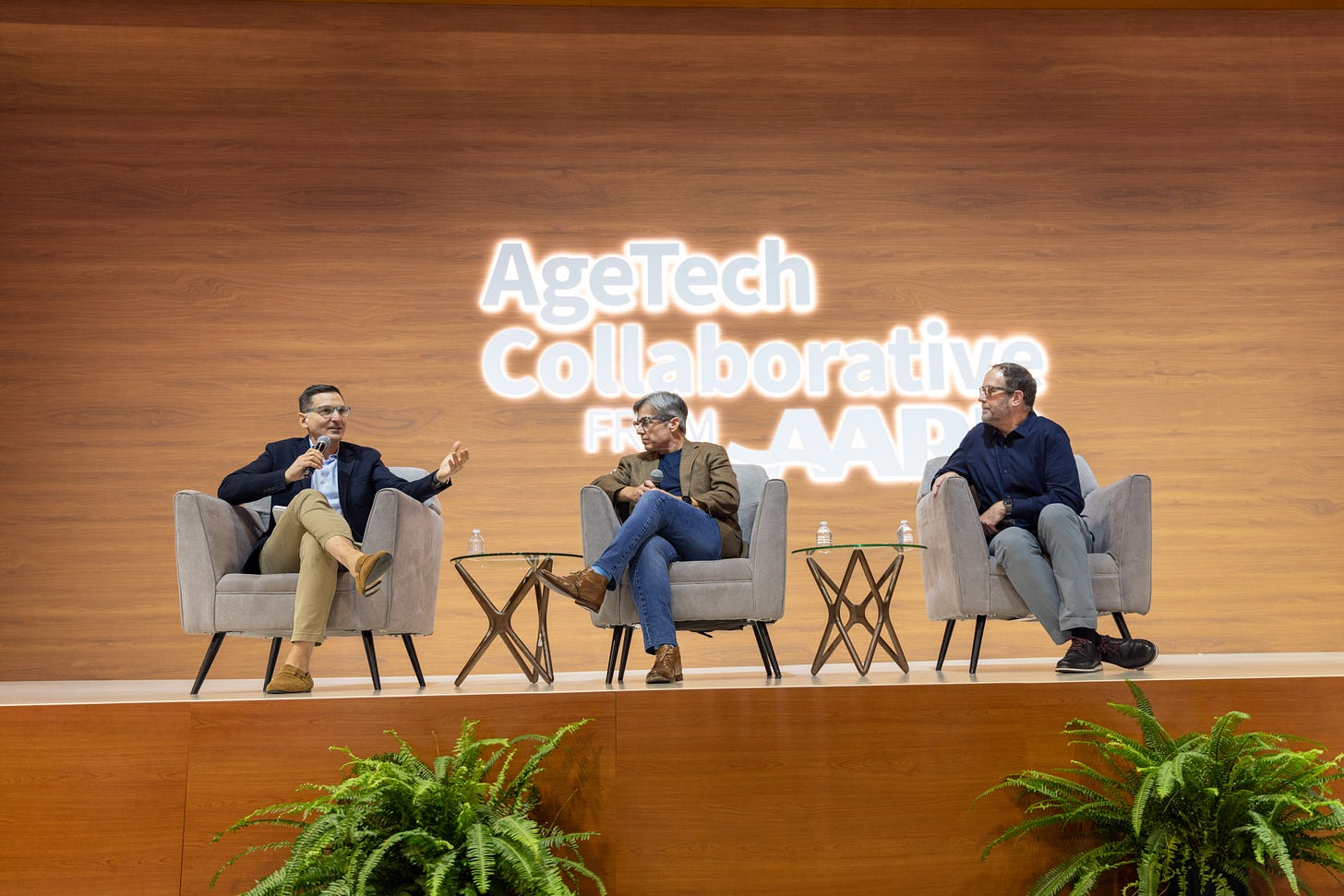
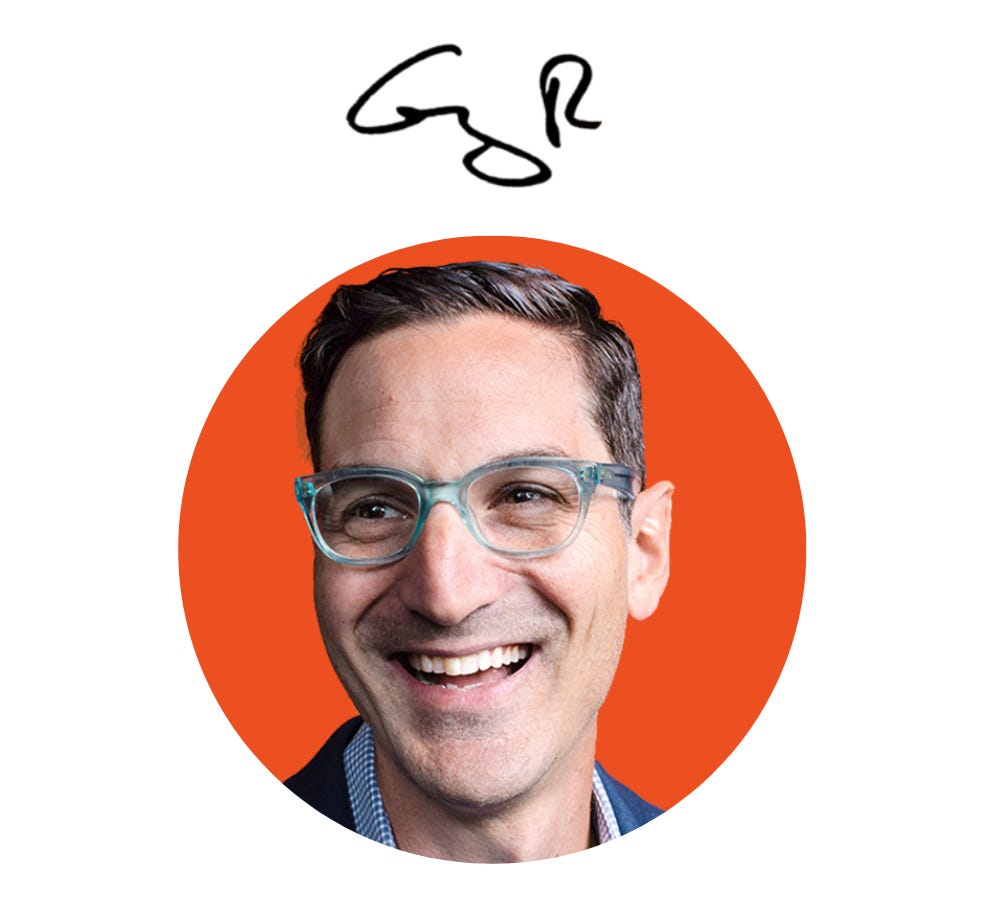
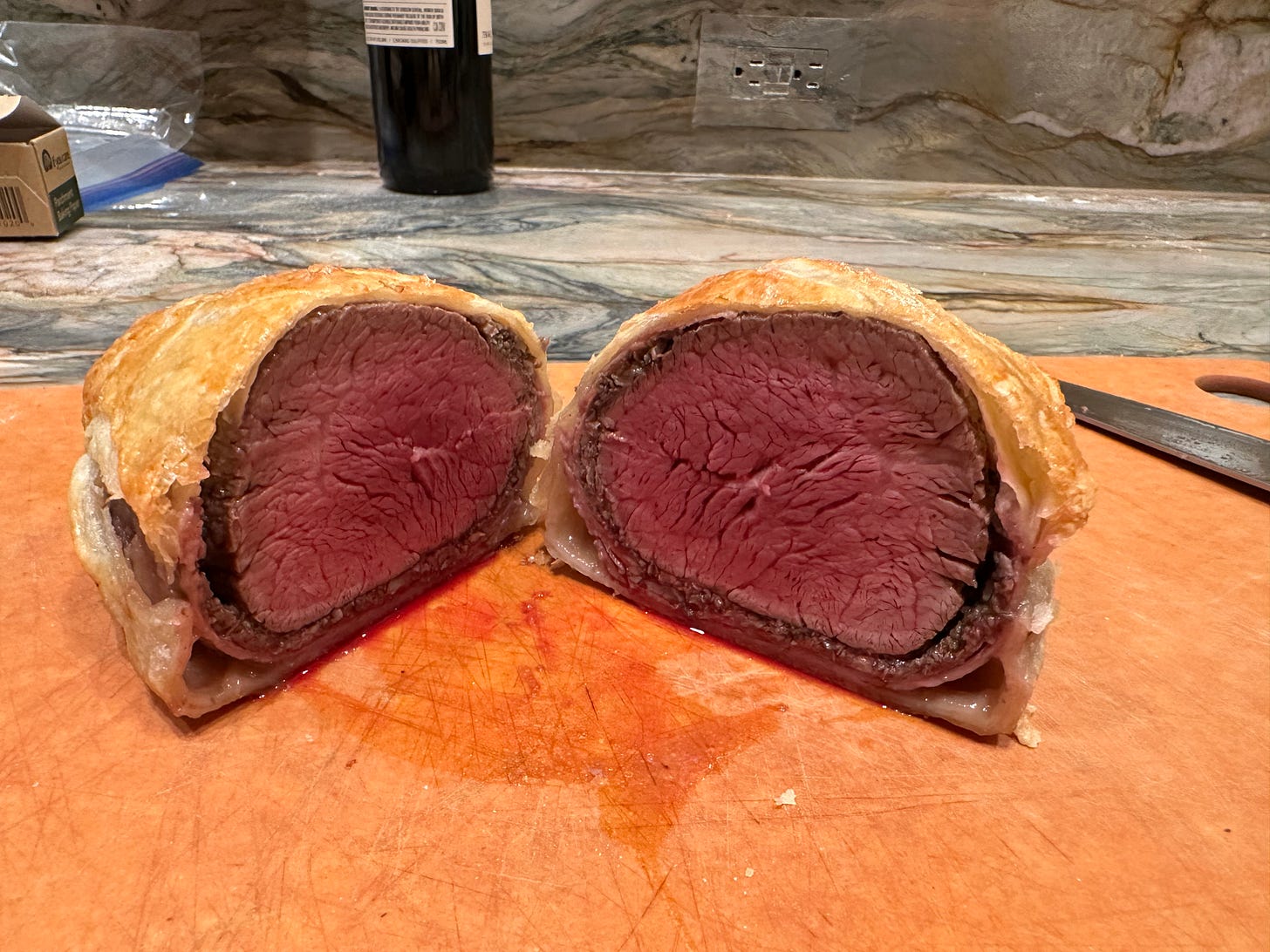

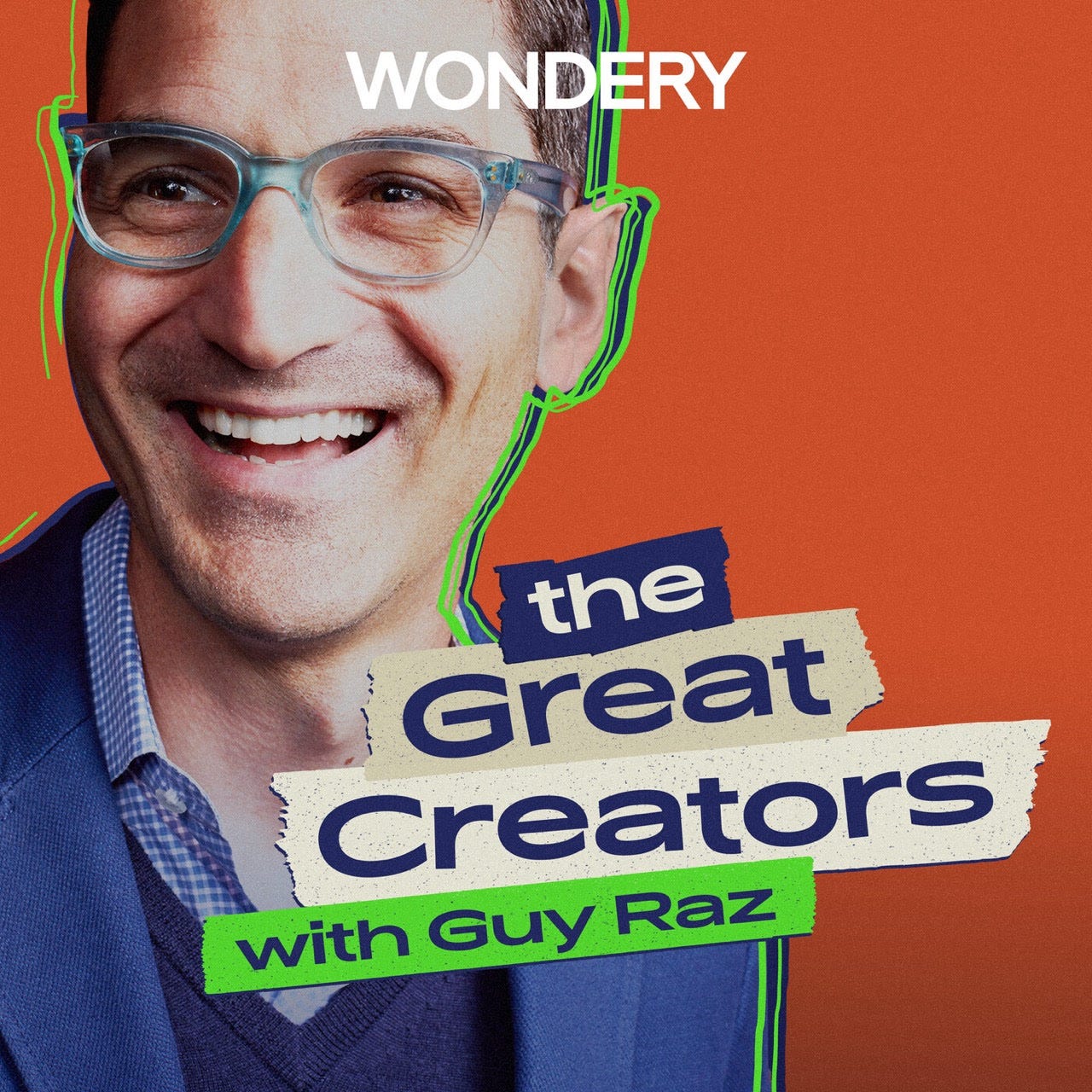
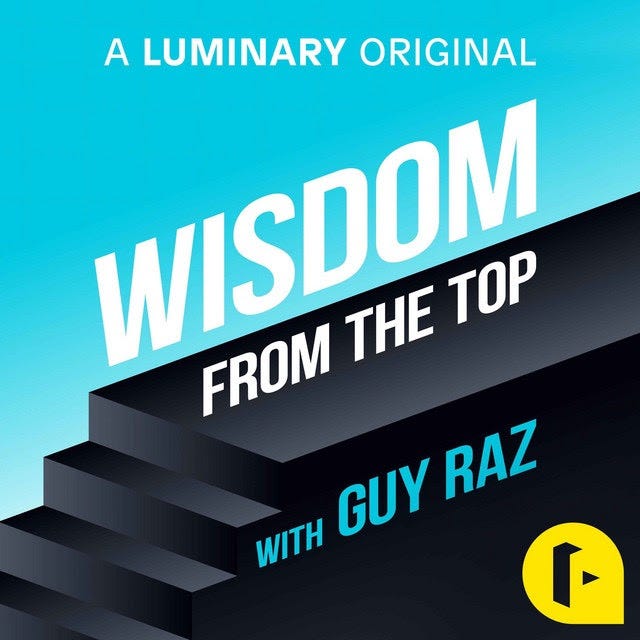
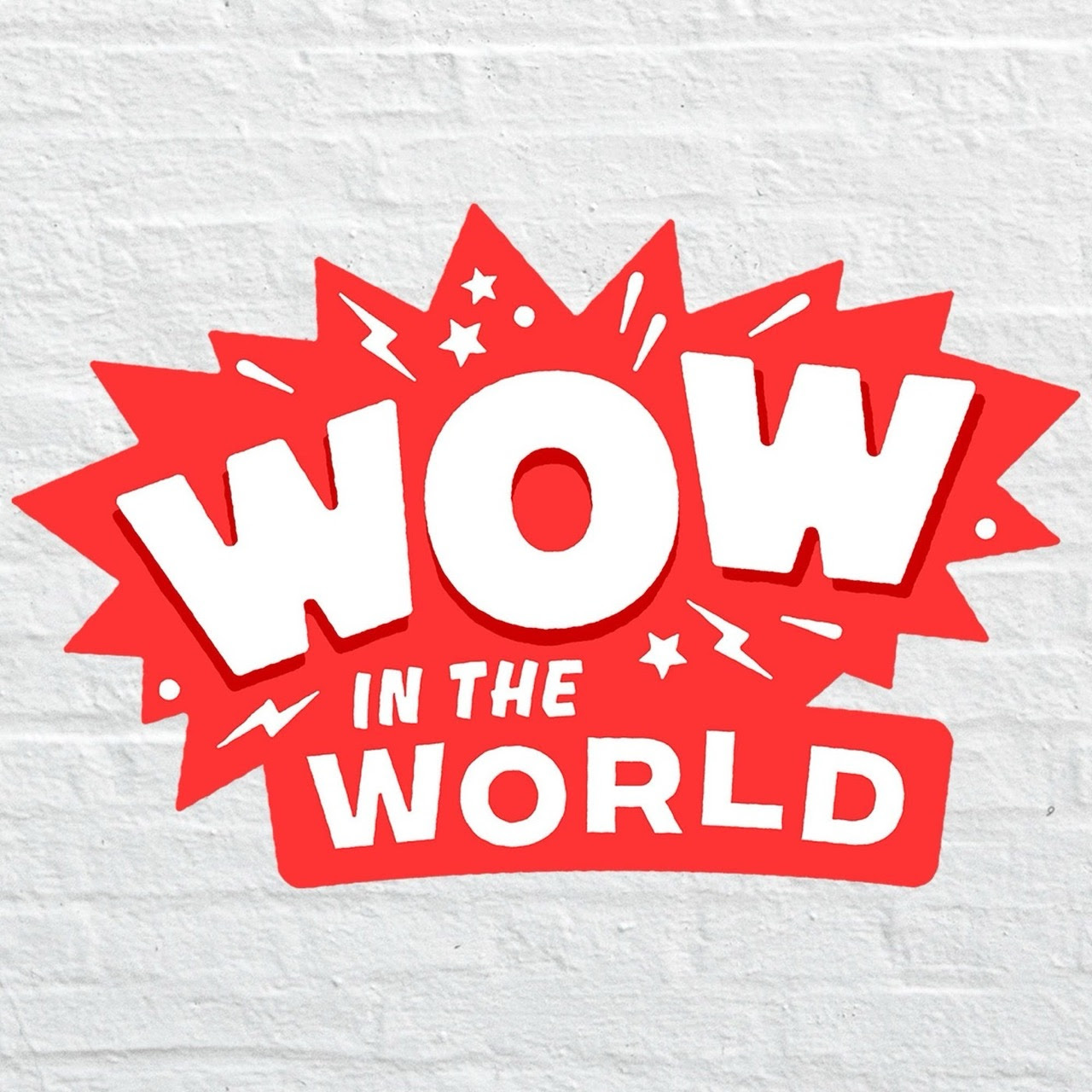
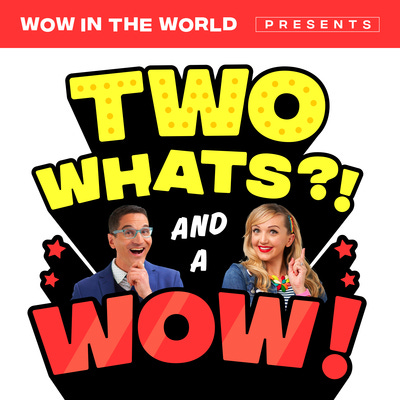
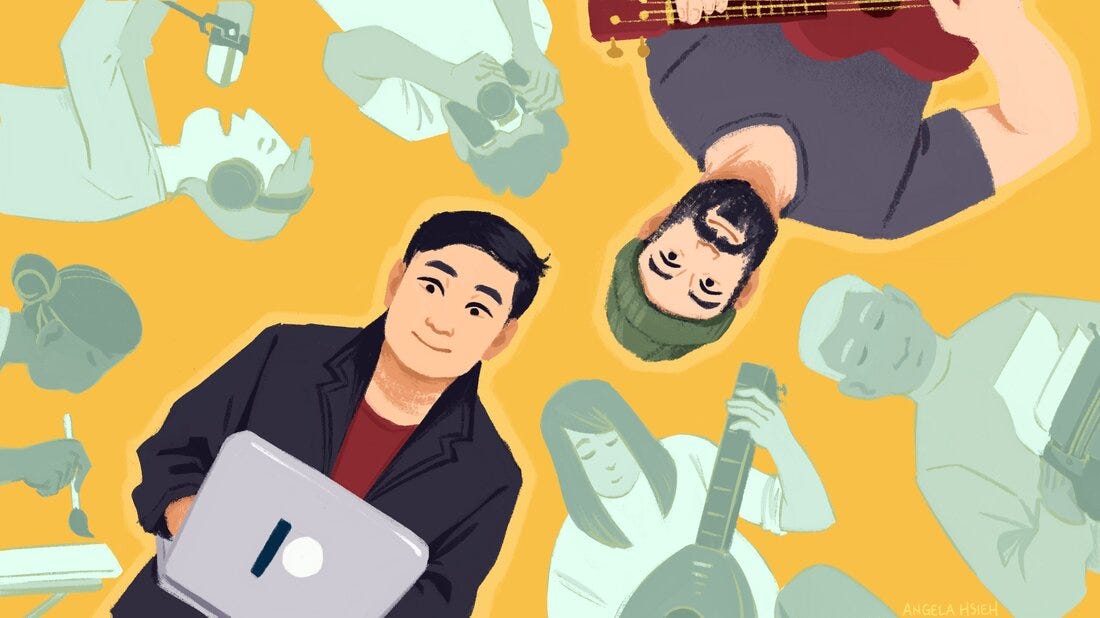
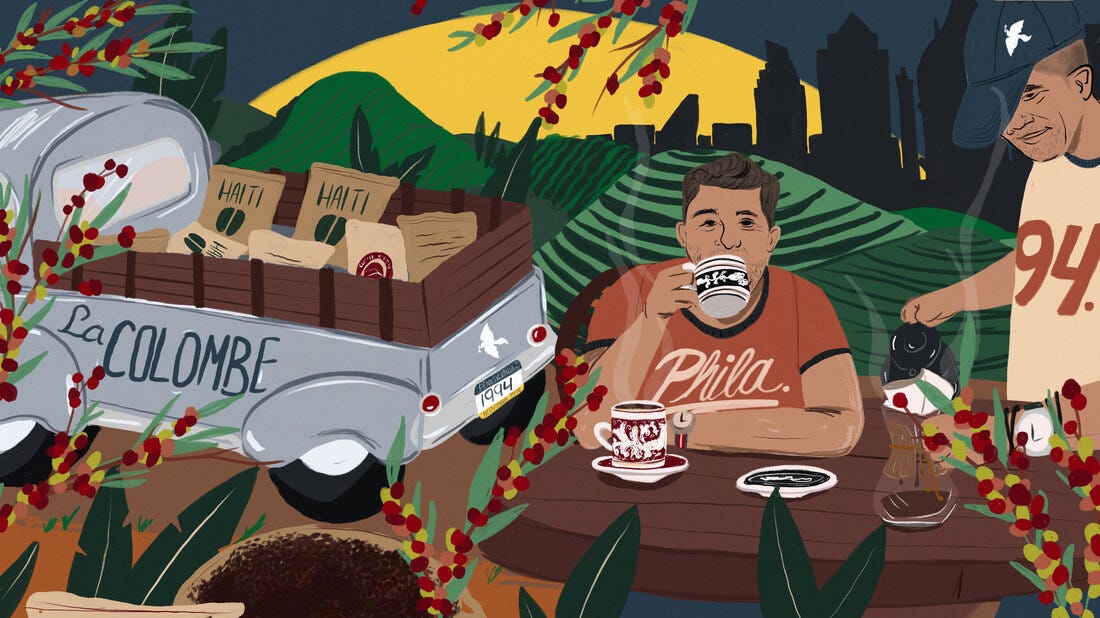
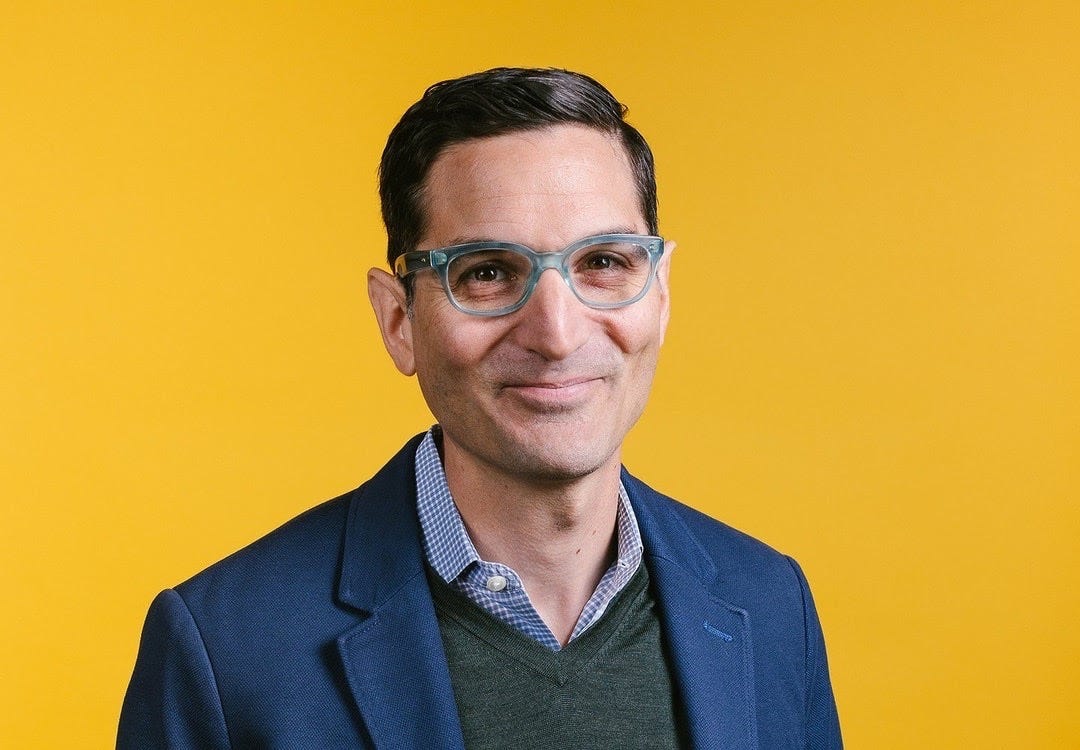
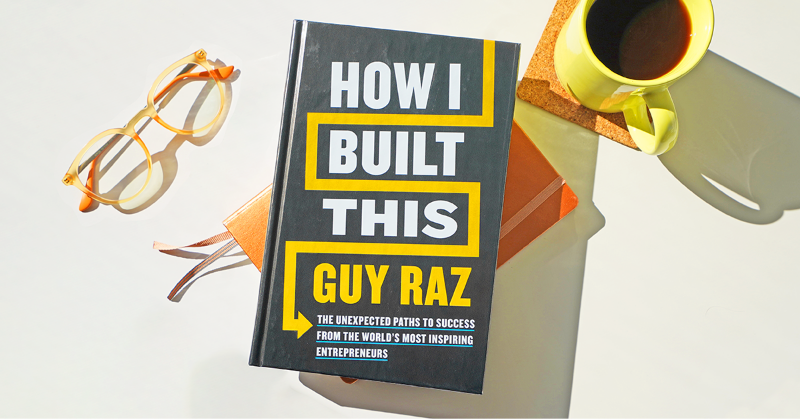

If we can see our own beauty and wisdom within, we will not need to follow Influencers. We will be able to learn from teachers and incorporate what they share into our personal philosophy and daily habits. Well said, Guy!